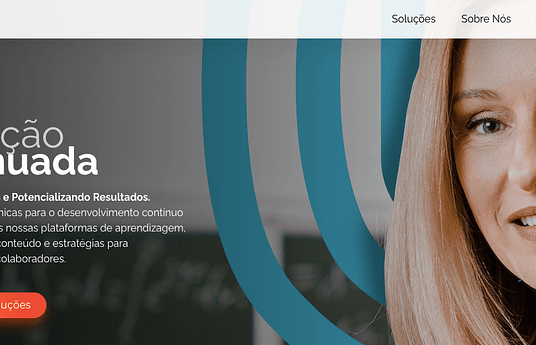I believe in sound structure especially when it comes to language learning. However, I don't believe that teaching students that are being forced (for lack of a better term) to learn English should be grammar based. I met a lot of children that could knew in theory what the past participle was but could not tell you what their favorite color was or if they liked soccer or hide and seek.
The first step is to establish what we term a "transitional space" based on the teachings of Donald Winnicott 1896-1971 (pediatrician and psychoanalyst). The teacher introduces him/herself to the group. Before the initial meeting the kids are informed that Lucky is coming for a visit. The kids inevitably google Lucky or go straight to the YouTube channel and check out the videos for themselves.
The teacher/trainer asks the kids if they would like to meet Lucky then proceeds to pull Lucky out of a bag or box. The children always laugh at first but I have never interacted with a a group of children that did not eventually warm up to and want to engage in a conversation/ play with Lucky. For groups that are familiar with Lucky I am often asked right away. "Where is Lucky?!" They usually come with a bunch of questions that they would like to ask. The questions range from Lucky's favorites to English vocabulary.
I have made Lucky the Ambassador of "Hashemo's Haus" an nonprofit that I called into life to make sure that kids have access to quality English as a Second language material regardless of their social/ economic standing.
Lucky has been speaking primarily to artists from the reggae scene and posting videos on social media.
I am a rapper by trade. I am untarnished by any scandal as I have always stressed the importance of lyrics and how the affect they have on the young. My first song was released in 1989. It was about how crack cocaine was negatively impacting the young and how it should not be equated to Hip Hop Music. The song was on the Real Milli Vanilli album but unfortunately it was not released in the USA.
The first thing you should do is watch some videos on the YouTube channel. Once are familiar with Lucky. Tell your learners that there is a puppet that teaches English. Challenge them to listen to any of the ABC rap songs and see how many new things they catch about English by listening. I have developed a training program for teachers on how to use Lucky in the class; sign up.


